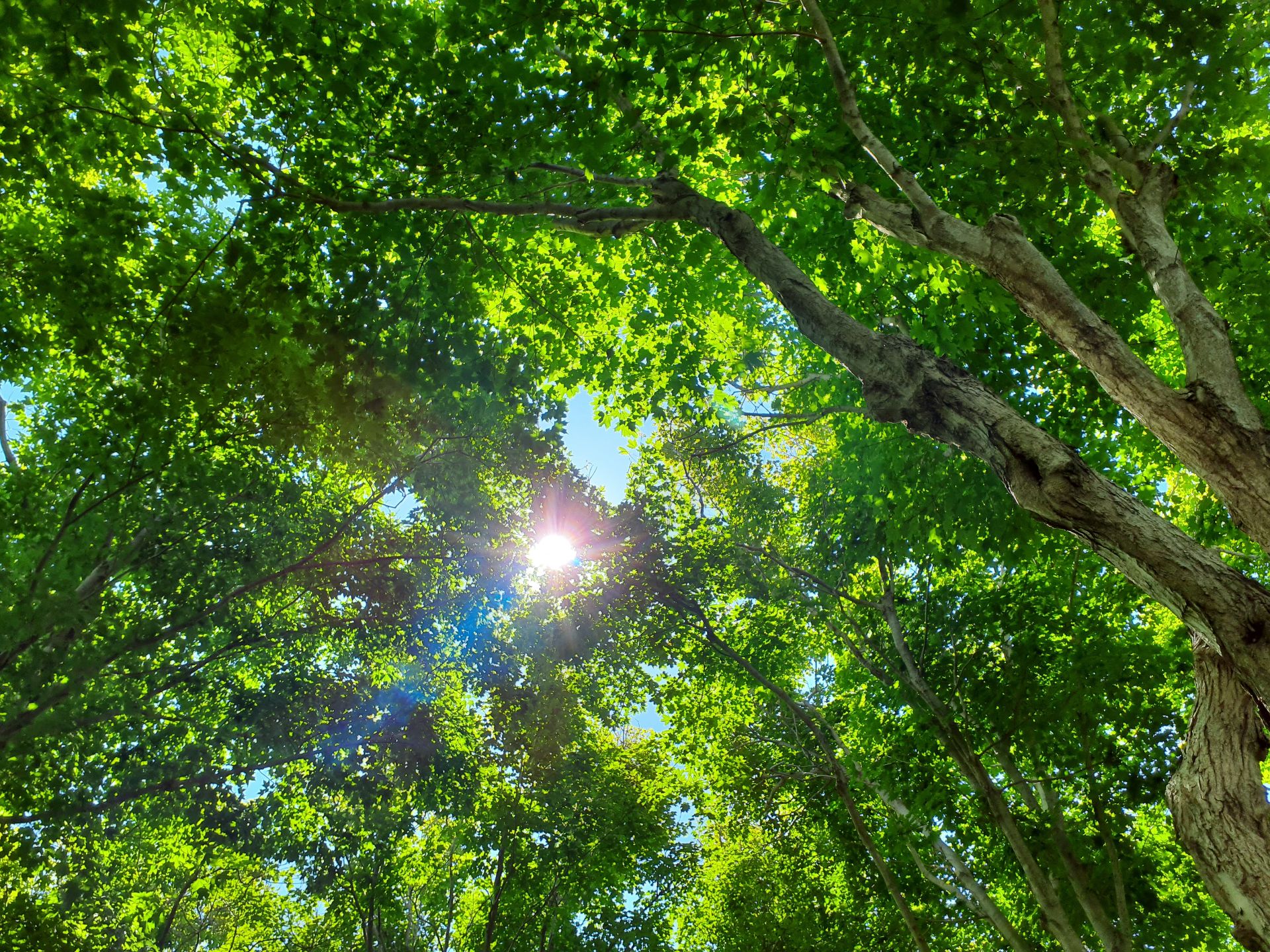A Unique Forest Policy Opportunity
June 24, 2025
By Gary Schneider
After more than a year of hard work, the PEI Forestry Commission came up with a list of suggestions to help guide the province towards wiser decision-making around forests. The province now has guidance – and public support – to create a Forest Stewardship Act that will serve a variety of public interests while protecting and improving the health of our forests.
One note of caution I would like to ensure that we don’t try to mimic the forest policies of our neighbouring provinces. New Brunswick, heavily influenced by the Irving Corporation, has a history of clearcuts and conifer plantations, and spraying whatever chemical it takes to protect their investments. Nova Scotia has taken a similar approach. A drive through either province will leave you shaking your head wondering where are all the well-cared-for forests that governments and industry alike are always talking about.
None of the three provinces enforce the Migratory Birds Convention Act, national legislation which prevents the harming or taking of migratory birds or nestlings. If anyone tells you that they can clearcut forests in the middle of summer - when most birds are on their nests - without harming wildlife, that is simply untrue.
The East Coast Environmental Law Society has taken a detailed look at PEI’s legislation to protect rare species of wildlife. They found that “to our knowledge no species have ever been designated under the species at risk provisions of Prince Edward Island’s Wildlife Conservation Act, which means that no species at risk in Prince Edward Island are benefitting from the provisions of that Act that are designed specifically to protect endangered and threatened species and species of special concern.”
The report went on to say that “whereas for the other three Atlantic Canadian provinces we can at least say that species at risk are protected on paper, we can’t say the same for species at risk in Prince Edward Island, because no government to date has taken the critical step of designating endangered or threatened species or species of special concern to receive the protections that the Wildlife Conservation Act aims to give to such species. This is why our report on the state of things in Prince Edward Island differs from the others in our series and is called “Simply Not Protected” instead of “Protected on Paper Only”. Ouch.
We need a Forest Stewardship Act that includes protection for rare species and also migratory bird species. We also need an Act that truly reflects what’s going on in our forests. In New Brunswick, signs regularly remind us that Irving is “The Tree-Growing Company” when we all know it is a pulp-and-paper and lumber company.
Nova Scotia has taken a different approach. Their animated film on Ecological Forestry says this approach has three parts – Conservation Areas, Areas that Focus on Ecological Goals with Some Harvesting, and Areas of High Production Forestry. They call this approach “Ecological Forestry” but that has no basis in reality. We don’t know any numbers of how these three “approaches” will divide up forested land. And if there will still be a huge area that gets clearcut, planted in monocultures, and sprayed to control competition or pests, is that even a neighbour of Ecological Forestry?
Let’s talk honestly about forest stewardship and make sure we enforce existing laws to protect sensitive wildlife populations. This would be a great start for a new Forest Stewardship Act.
